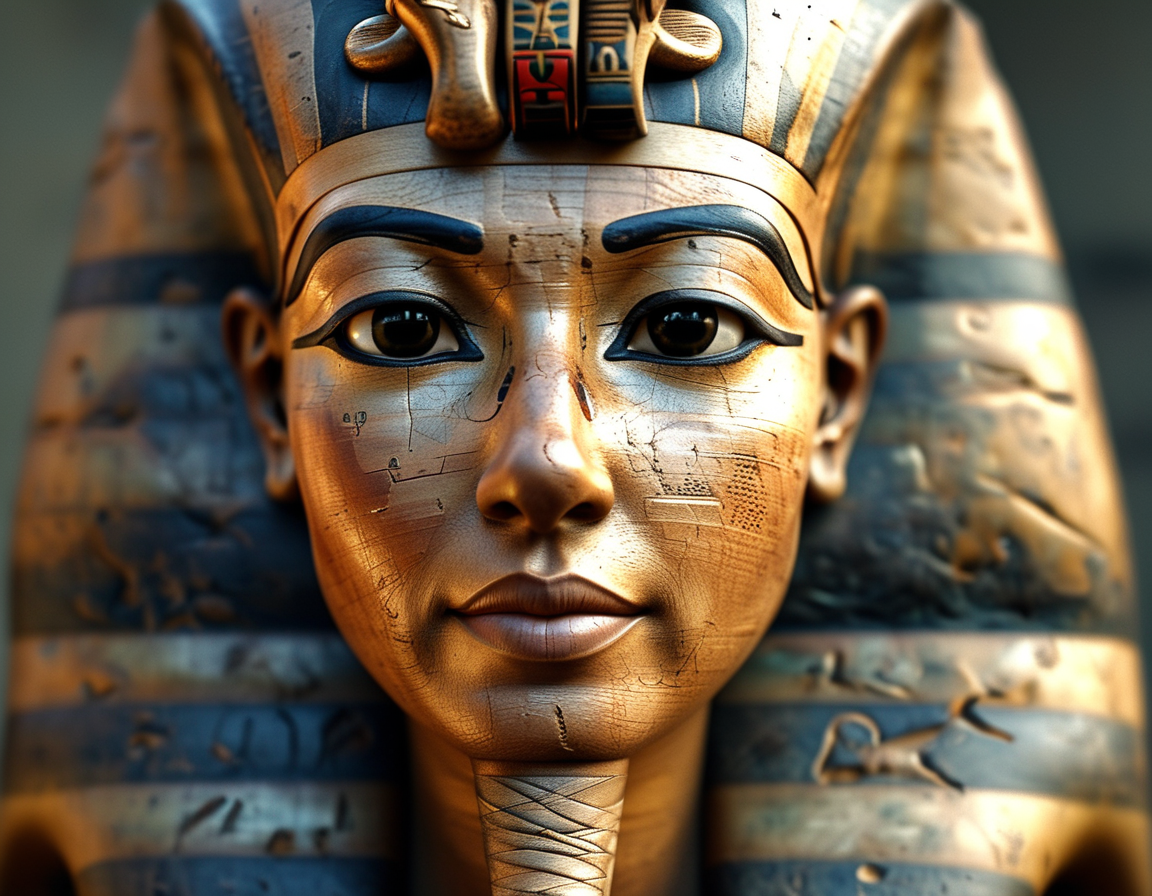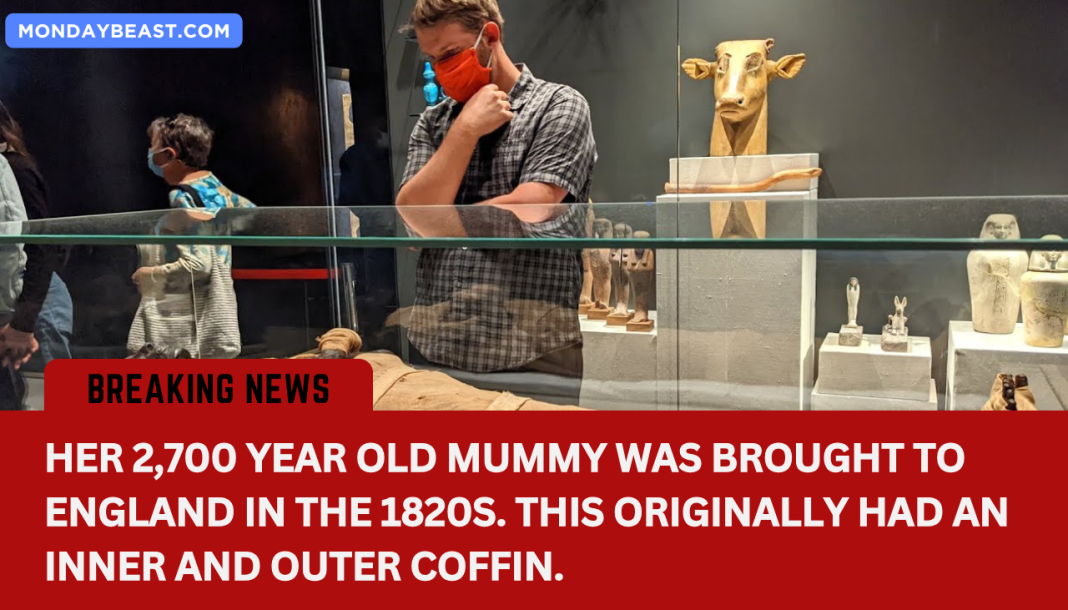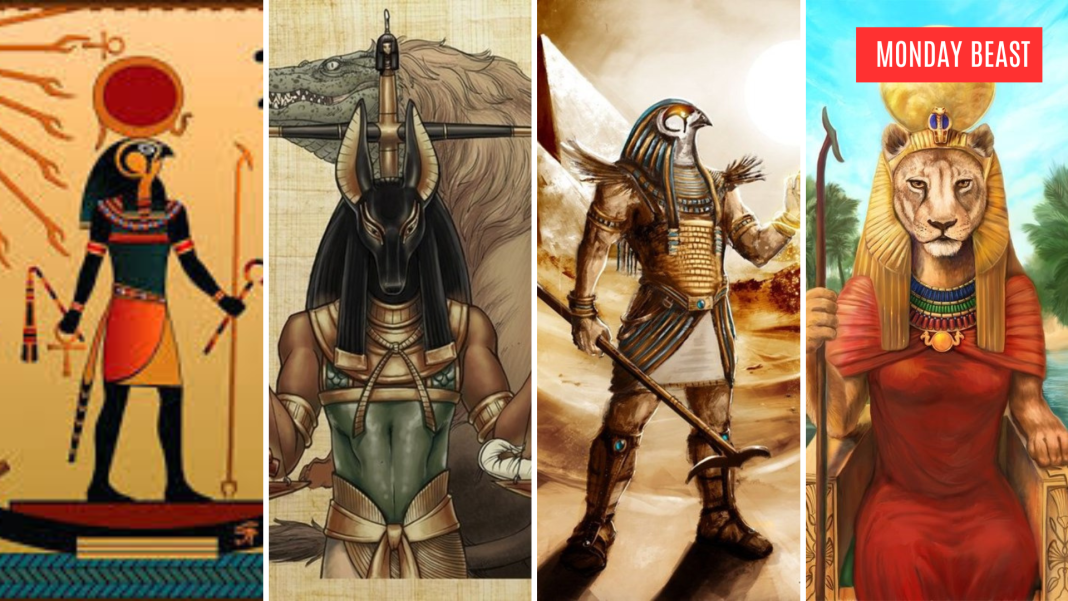Unearth Ta-Kush’s ancient past
What happens when modern technology meets the mysteries of ancient artifacts? Such is the intriguing intersection we find at Maidstone Museum. Here lies the only adult human mummy in Kent. Known as Ta-Kush, this mummy dates back around 2,700 years. The story does not merely end there. It invites us to explore wider themes like identity and history.
In 1820s England, Ta-Kush made her way across seas, wrapped in secrets. Originally encased within an inner and outer coffin, only the inner wooden box arrived at the museum. What might that loss signify? As time rolled on, enthusiasts of the ancient world lost themselves in her story. Yet, it wasn’t until 1843 that her remains were unwrapped and studied.

Samuel Birch and Dr. Hugh Welch Diamond breathed scholarly life into her history. This collaboration led to an eventual transfer to the Charles Museum. When Charles passed, the museum evolved into what we now recognize as Maidstone Museum. The trajectory of her legacy flows through time. But how much really changed through that passage?
Modern Science Meets Ancient Mysteries
Fast forward to July 2016, the Heritage Lottery Fund came to Ta-Kush’s rescue. This grant fueled an exciting project to redisplay ancient Egypt and Greek artifacts. They opened the Ancient Lives Gallery in October 2017. But what did that transformation look like?
The museum teamed up with the Kent Institute of Medicine and Science (KIMS). They partnered with FaceLab at Liverpool John Moores University. Together they conducted fascinating CT scans of Ta-Kush. The technology spoke volumes, unraveling layers of history. Imagine the sensation of confronting your own past!

When Dr. Diamond first examined her, Ta-Kush was believed to have died young, at 14. However, new findings revealed far more. Ta-Kush’s life had complexities beyond mere digits. Could she have lived a fuller, richer life? What complexities lurked in her daily existence in ancient Egypt?
Ta-Kush’s Journey to Reconstruction
After her scans, the analysis emerged with impactful revelations. Liverpool John Moores University took it a step further. They used the scan results to create a stunning facial reconstruction. We now can visualize how Ta-Kush might have looked centuries ago. Isn’t it fascinating to imagine her living amongst Pharaohs?
The new and enhanced representation lends depth to Ta-Kush’s narrative. As I look at her reconstructive profile, I can’t help but wonder what her thoughts were. Perhaps she gazed at the Nile dreaming of her future. We often fail to consider that behind every artifact lies a human story, rich with emotion.
Bringing Ancient Lives Back to the Fore

This redisplay has opened a dialogue, sparking questions in our minds. How does looking at Ta-Kush’s life impact our understanding of history? It informs us about health, culture, and societal values back then. When we learn about her, we learn about ourselves.
Maidstone Museum has successfully reignited interest in ancient lives. Ta-Kush becomes a poignant reminder that we all share humanity, threaded through time. What legacy do we leave behind? Let’s ponder that as we discover the lifeline from the past to the present.




